Thuan Bac district has a cultivated land fund of over 8,600 hectares; although there are many rivers, streams, lakes and dams, most of them are small and have high slopes; some areas are on hills, far from water sources, so production is difficult. Mr. Nguyen Chau Canh, Head of the district's Department of Agriculture and Environment, said: In the face of the above unfavorable conditions, in addition to promoting propaganda and raising people's awareness in proactively converting crops; every year the district develops specific agricultural production plans for each region, identifies types of upland crops suitable for soil conditions, assigns targets to communes for implementation and organizes evaluation of results to serve as a basis for replication.
Mr. Nguyen Cao Hoang in Kien Kien 2 village, Loi Hai commune, shared: Due to the continuous drought, my family has proactively converted 3 sao of rice to grow golden melon for many years now. Although the investment cost is high, it uses little water; in particular, golden melon is very popular in the market so it is easy to sell, each crop my family earns over 50 million VND, many times higher than growing rice. For communes with special difficulties such as Phuoc Chien, Phuoc Khang, Bac Son, awareness in crop conversion is increasingly evident, many farmers choose plant varieties suitable for their family's actual conditions for cultivation. Mr. Mang San in Xom Bang village, Bac Son commune said: With more than 5 sao of land located in a high mound area, I chose corn and green beans to grow instead of rice. Due to low investment capital, short growth characteristics, easy care and low water usage, many surrounding households have actively responded and boldly converted according to the policy of the local government; thanks to that, not only has the pressure on irrigation water resources been reduced during the dry season but the added value per unit area been increased.
Over the implementation period, the process of converting crops to adapt to drought has really gone into depth, has had a wide spread and has been welcomed by farmers and produced on a large scale; up to now, the whole district has more than 385 hectares of ineffective rice land converted to dryland crops, mainly corn, beans of all kinds, green onions, chili, grass for livestock... with economic efficiency increasing by 1.5 to 2 times; in particular, some areas have converted to growing aloe vera and golden melon, with income increasing 3 times compared to rice cultivation as before.
Currently, farmers in Thuan Bac district are planting the summer-autumn crop. In the face of severe drought, in addition to rationally arranging the rice growing area, the locality has increased propaganda and mobilized people to proactively choose upland crops, save water associated with a stable consumption market. In addition, it encourages people to apply water-saving irrigation models, implement crop rotation and intercropping models; guide the organization of fertilization and spraying of pesticides appropriately according to each growth period of the crop to avoid costs and ensure high productivity; at the same time, cooperate with a number of companies, businesses and cooperatives to consume post-harvest products.
Dang Khoi
Source: https://baoninhthuan.com.vn/news/152986p25c151/thuan-bac-nhan-rong-dien-tich-cay-trong-can.htm


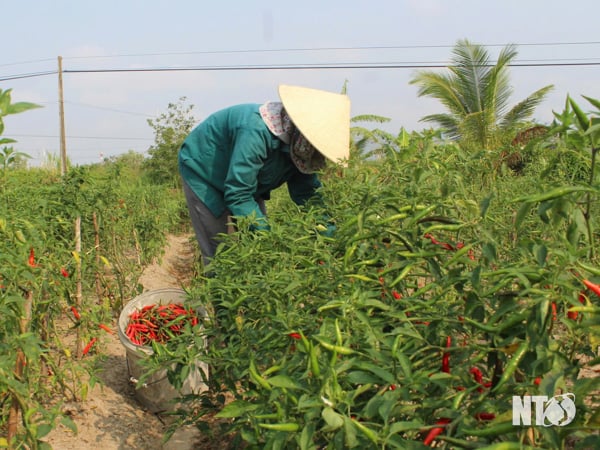



![[Photo] Prime Minister Pham Minh Chinh chairs conference on anti-smuggling, trade fraud, and counterfeit goods](https://vphoto.vietnam.vn/thumb/1200x675/vietnam/resource/IMAGE/2025/5/14/6cd67667e99e4248b7d4f587fd21e37c)







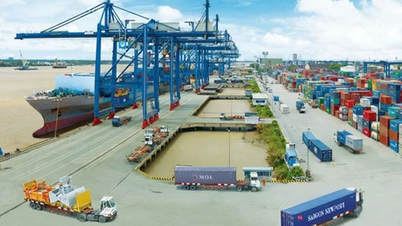









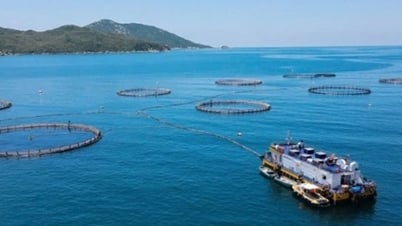

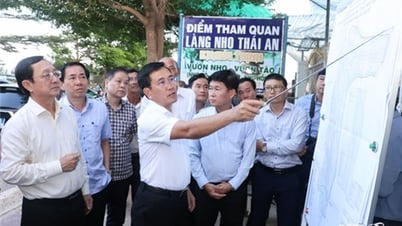
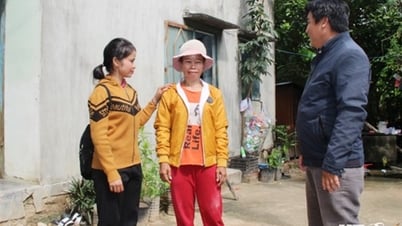






















































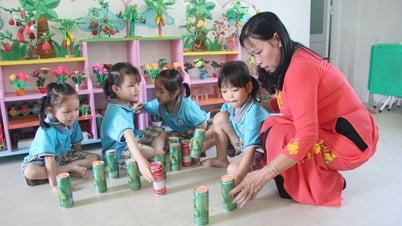







Comment (0)